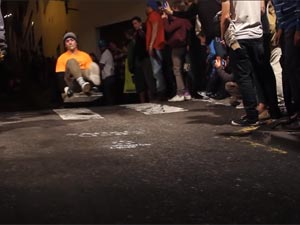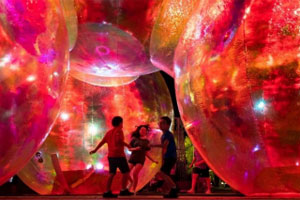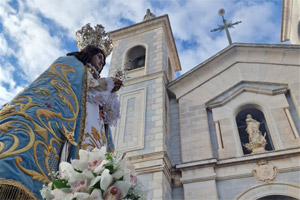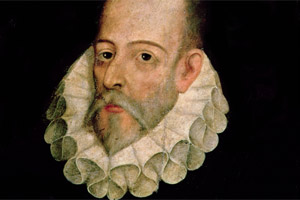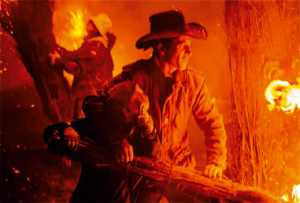La Mercé Festivities
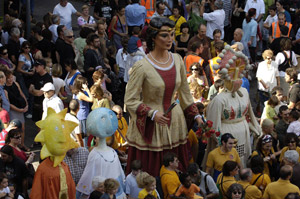
We invite you to enjoy four fantastic days in Barcelona with the Fiestas de la Mercé, in honour of the patron saint of this cosmopolitan city.
This great festival, declared of National Tourist Interest in 1980, brings the summer to a close with a varied programme that includes artistic and cultural activities, music and a party atmosphere. Come and enjoy an unforgettable festival!
How are the Fiestas de la Mercé celebrated?
The Fiestas de la Mercé are organised every year in Barcelona in honour of the city's patron saint, Mare de Déu de la Mercè (Our Lady of Mercy).
The festival programme includes several music stages and street arts venues in different parts of the city for artistic and cultural activities, with the participation of thousands of people: concerts, plays, culture and gastronomy in different parts of the city:
- Avenida de María Cristina
- Gothic Quarter
- Montjuïc Castle
- CCCB
- Fabra i Coats Factory
- Barcelona Forum
- Pedralbes Monastery
- Blau Museum
- Picasso Museum
- Palace of the Generalitat
- Parc de la Ciutadella
- Trinity Park
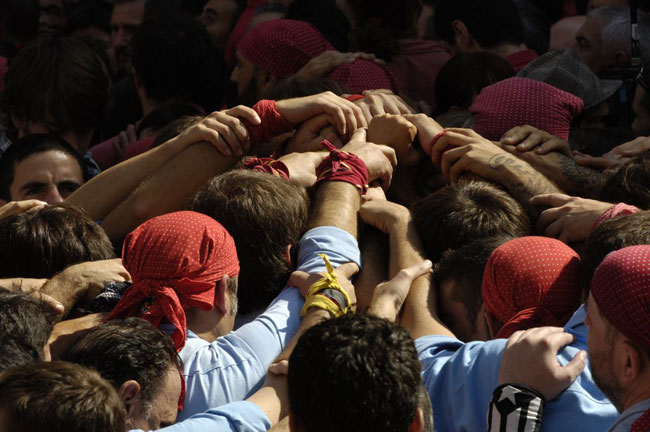
In addition to these artistic and cultural manifestations typical of this festival, which flood the streets and squares, the Festa del Foc (Bonfire Festival) is held in and around the Via Laietana. The popular "correfocs" take place twice a day: one in the evening for the youngest members of the family to take part in, and at dusk for the adults.
Some emblematic activities and performances of these festivities are the following:
- The "castellera" performances.
- The "cercavila de gegants" modernists.
- The "bastoners" meeting.
- The La Mercè fireworks display.
- Street art, with the participation of companies and artists from different backgrounds and artistic genres: contemporary dance, integrated dance, urban dance, workshops, exhibitions, street theatre, puppets, circus, games and much more.
The majestic closing of this festival takes place with the Cavalcade of La Mercè or Cavalcade of La Mercè, accompanied by dances with giants and big-heads. It is attended by thousands of people who gather in the main streets of the city of Barcelona.
The Barcelona City Council's Commission for Social Rights, Culture and Sport also selects a capital city each year as the guest of honour for the Festes de la Mercé. A celebrity is also chosen as the town crier for these festivities.
Origins of the Fiestas de la Mercé celebration
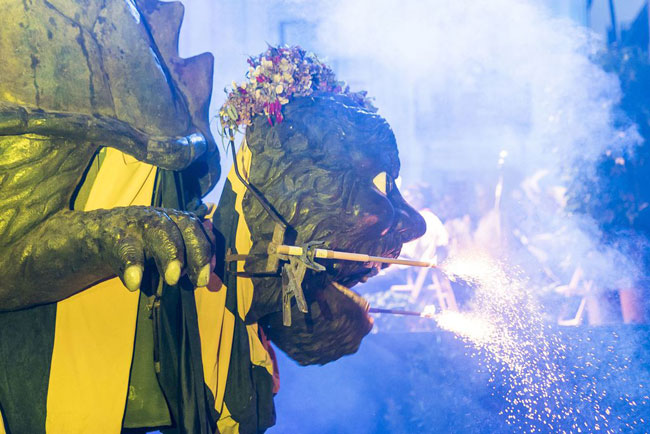
This popular festival originated as a result of the declaration of the Virgin of La Mercè as patron saint of the city by Pope Pius IX.
After this proclamation, the city of Barcelona began to celebrate its festivities in September, thanks to Francesc de Paula Rius i Taulet. During his time as a councillor, he promoted the celebration of the first festival of La Mercé in 1871, with civic celebrations of a popular nature.
Recommendations for visitors
If you want to make the most of these festivities, here are some recommendations and practical tips:
- Wear cotton clothes with long sleeves, long trousers and comfortable shoes for the Correfoc.
- Use sunscreen and a hat.
- Do not wear synthetic clothing.
- Protect your eyes and face if you are near the fireworks.
- Cover your ears to attenuate the noise of the pyrotechnic explosions.
- Follow the instructions of the public order and health services.
- Ask for information about medical assistance points, in case of an emergency.
- Do not drink from glass cups or bottles.
What else can you see in Barcelona?
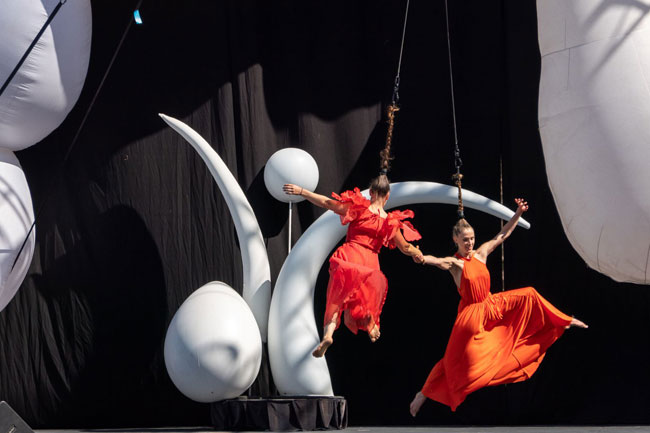
It is worth visiting these emblematic places in the city of Barcelona, which are of historical, cultural and tourist interest:
- La Sagrada Familia: this is Barcelona's iconic cathedral, designed by the architect Antoni Gaudí.
- La Pedrera or Casa Milá: located on Barcelona's Paseo de Gracia, it has a modernist style by the architect Antonio Gaudí.
- Palace of Catalan Music: an architectural jewel by Montaner and Domenech that represents Catalan modernism.
- Montjüic Castle: is an old military fortress located on top of the Montjüic mountain, with impressive views of the city of Barcelona.
- Park Güell: a garden built by Antonio Gaudí between 1900 and 1914.
Gastronomy
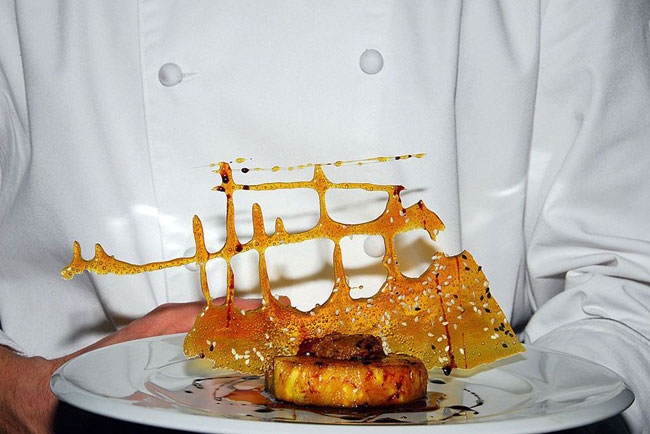
We invite you to taste the delicious typical gastronomy of the city of Barcelona:
- Butifarra con mongetes: a fresh sausage, prepared with minced pork. It is accompanied with white beans cooked and sautéed with garlic.
- Escalivada: a dish with peppers, aubergine, onion and roasted tomatoes, accompanied by anchovies, meat or fish.
- Calcots with romesco sauce: prepared with a variety of wood-roasted onions and a sauce based on roasted tomatoes and garlic, hazelnuts and toasted almonds.
- Escudella i carn d'olla: typical Catalan stew with a base of chicken stock, veal, chickpeas, cabbage, potatoes, celery and carrots.
- Suquet de peix: a varied fish stew with boiled potatoes, parsley, garlic, almonds and a touch of saffron.
- Esqueizada de Bacallá: dish prepared with cod in small pieces, tomatoes, onion and olives.
Share photos, videos and interesting information about the Fiestas de la Mercé on social networks. Use the hashtags #Merce #lamerce #laMerce2022

